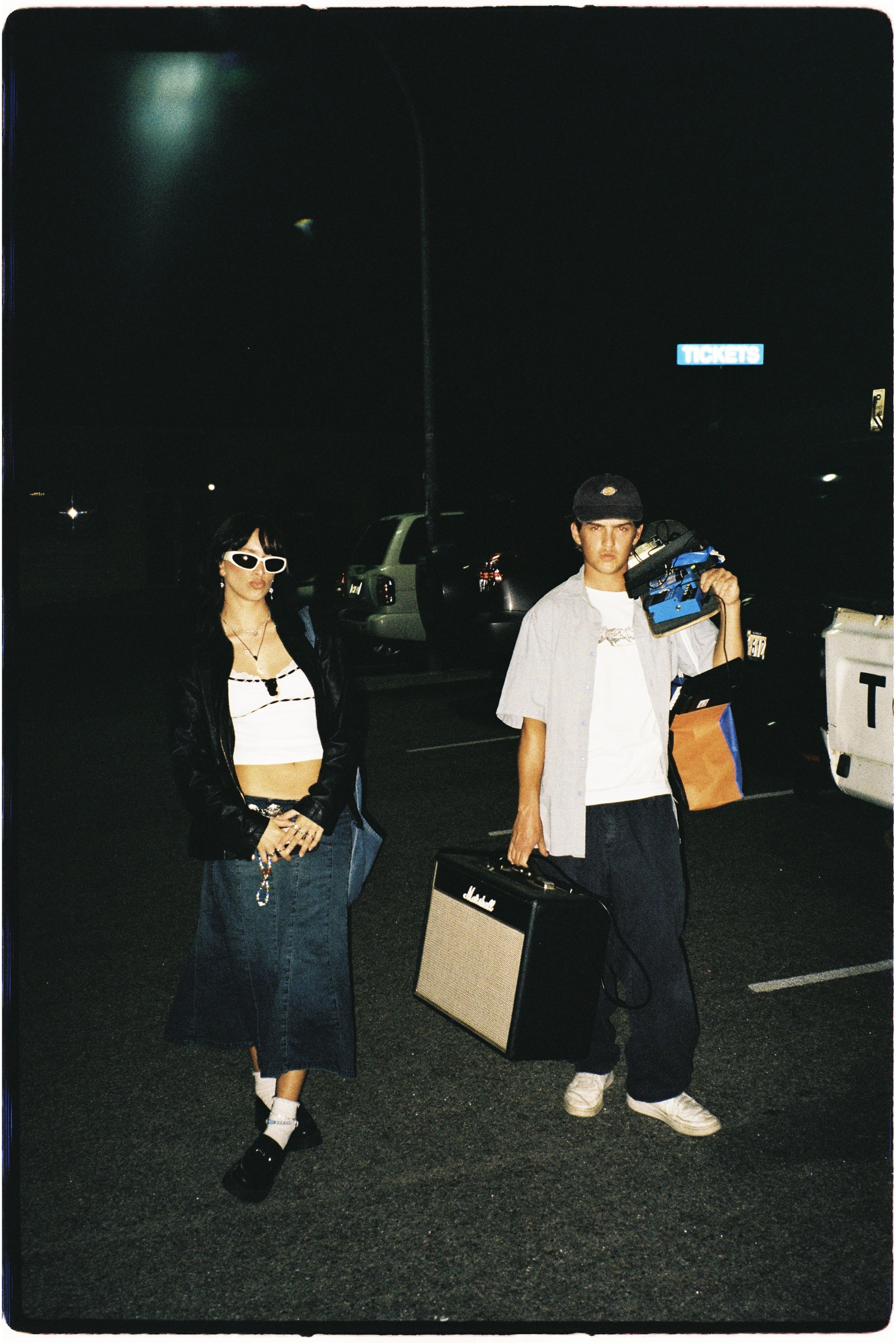WHY TODAY’S ARTISTS ARE ALL MULTI-HYPHENATES
There was a time when being an artist meant just that: making art. You wrote songs, performed them, and if you were lucky — or signed — someone else handled the rest. Visuals, marketing, rollout, design. A machine existed around the music. And for better or worse, you got to stay in your lane.
Today, that model feels distant. Not just outdated, but irrelevant. The new generation of artists is building themselves from the ground up. And they’re doing it across mediums.
This is what the rise of the multi-hyphenate artist looks like. Nowadays, artists aren’t just expected to create — they’re expected to package their creativity across every possible medium. You don’t just drop a song. You direct the video, edit the teaser, style the cover shoot, code the website, write the captions, manage the release schedule, design the merch, and build the world around it — often while holding down a job, paying rent, and staying visible online.
And most of the time, you’re doing it without a label, a team, or a budget. The old split between artist and creative director, between singer and visual stylist, no longer holds. Today’s independent artists are often all of it at once.
This is the new reality for a generation of independent artists: to even reach an audience, you need more than a good song. You need a story, a look, a strategy. And you need to execute it all yourself — or learn fast.
It’s an exhausting standard. And a quietly dangerous one.
Because while the industry loves to praise “the grind” and celebrate the rise of the multi-hyphenate artist, what often gets overlooked is how much pressure this model puts on creators. The expectation to be a one-person brand isn’t just unsustainable — it’s a system failure. A failure to support emerging talent. A failure to invest in long-term development. A failure to imagine a music ecosystem that doesn’t rely on burnout.
And yet — what’s emerging from that failure is something quietly powerful.
Call it DIY. Call it resourcefulness. But what independent artists are building right now goes deeper than hustle. These aren’t just musicians making music. They’re running full-scale creative ecosystems — artist-led from top to bottom. Every detail carries intention: the texture of the video, the pace of the rollout, the design of the setlist, the font on the cover. The worldbuilding isn’t extra — it is the work.
Not every artist wants to do it all, and they shouldn’t have to. Delegation, collaboration, and support are crucial. But the point is: today’s artists can build it themselves — and often do. Not just because they have to, but because it allows them to create something that feels fully, unmistakably theirs.
The irony? The industry hasn’t caught up.
Platforms keep shifting. Algorithms demand more. Infrastructure for indie artists is still thin. And while the tools exist, the support often doesn’t. Artists are more self-sufficient than ever — and still, most systems weren’t built with them in mind.
But here’s the upside: artists aren’t waiting for the system anymore. They’re building their own. One that doesn’t separate the music from the visuals. One that doesn’t flatten creative vision into “content.” One that values autonomy over polish, and presence over perfection.
The music industry has evolved — in many ways, radically. But if it really wants to meet artists where they are, it has to stop treating independence like a phase.
Because what independent artists are building isn’t a workaround. It’s the future.
